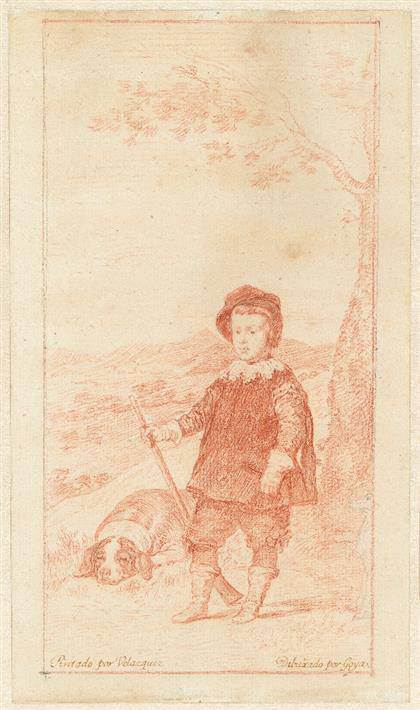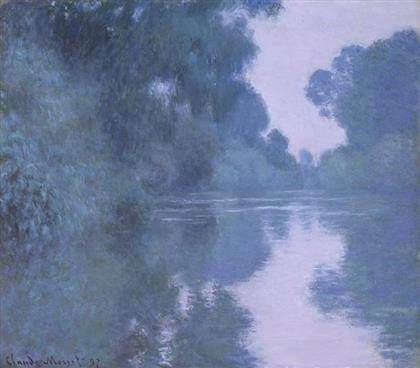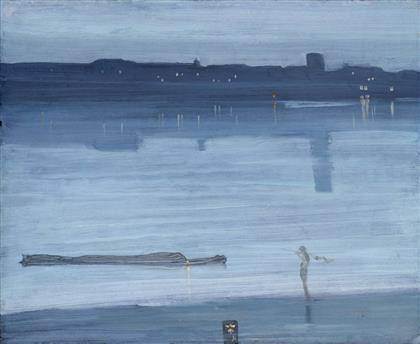
“Prince Baltasar Carlos as Hunter”, by Francisco de Goya.
Red chalk over preliminary drawing in graphite with border lines in graphite and red chalk, 268 x 156 mm, 1778 – 1779. Hamburg, Hamburger Kunsthalle, Kupferstichkabinett © Hamburger, Kunsthalle / bpk, Photo: Christoph Irrgang
Spanish drawings from Kunsthalle at Prado Museum For the first time in Spain, the Museo del Prado is presenting a selection of 85 Spanish drawings dating from the 16th to the early 19th centuries from the Hamburger Kunsthalle. October 30, 2014 – February 08, 2015.]]>
Source: Prado Museum
The core of the collection comprises drawings by Bartolomé Esteban Murillo and by some of his most important contemporaries and followers, many of them associated with the Academy founded in Seville by Murillo, Juan de Valdés Leal and Francisco de Herrera the Younger. In addition, the exhibition includes important works by other leading Golden Age masters such as Alonso Cano and Antonio del Castillo.
Another outstanding section is the group of drawings by Francisco de Goya based on original paintings by Velázquez that are now in the Museo del Prado. Created as preparatory studies for a series of prints, in these works Goya did not merely copy Velázquez but rather offered his own remarkable interpretation of that artist’s work. Displayed alongside them are drawings from his “Madrid Album” and preparatory studies for his famous series of prints known as La Tauromaquia.
Organised chronologically, the exhibition and its accompanying catalogue (also published in English) address some of the principal issues relating to the world of drawings, in particular that of the study of attributions and the way in which they change. Also analysed are issues such as the importance of drawing as an independent mode of expression, its role in the creative process and its place in art teaching. Finally, the works on display are used to examine the way in which drawings were collected in the eighteenth and nineteenth centuries, while the inventory (on display in the exhibition) that accompanied the album in which these drawings were originally mounted is used here to reconstruct how they reached Hamburg.
The exhibition offers visitors the chance to access the complete contents of the catalogue from a screen located inside the gallery, made possible by the support of Samsung as a “technological collaborator” of the Museum.
Related content
17th century Roman landscapes at Prado Museum (exhibition, 2011)
Follow us on:


